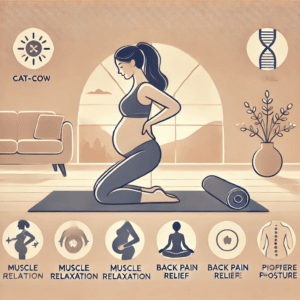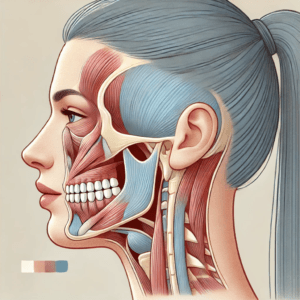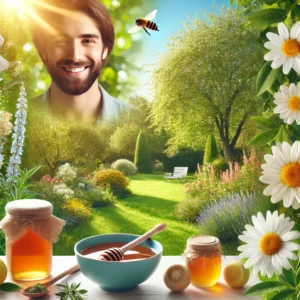Best Foods for Vitamin D Deficiency Treatment | Natural Sources
Table of Contents

Best Foods for Vitamin D Deficiency Treatment
Introduction
Are you struggling with low vitamin D? You’re not alone — about 25% of the global population is vitamin D deficient. Without enough vitamin D, you may face bone problems, low energy, weak immunity, and even mood disorders. This guide covers the best foods for vitamin D deficiency treatment, helping you naturally restore your levels, feel better, and stay healthy.
Why Is Vitamin D Important?
Vitamin D is more than just the “sunshine vitamin.” It is essential for:
- Calcium absorption and bone strength
- Healthy immune system
- Muscle function
- Mood regulation and mental health
If you are low on vitamin D, you may experience:
- Frequent infections
- Bone pain or fractures
- Fatigue and weakness
- Depression symptoms
The Best Foods for Vitamin D Deficiency Treatment
1. Fatty Fish (Salmon, Tuna, Mackerel, Sardines)
- Rich in vitamin D3 (the most effective form)
- Wild-caught salmon can provide 600–1,000 IU per serving
- Also contains omega-3 fatty acids, which boost heart and brain health
Tip: Grill or bake fatty fish with olive oil for extra vitamin D absorption.
2. Cod Liver Oil
- One tablespoon delivers over 1,300 IU of vitamin D
- Also high in vitamin A and healthy fats
- Available in liquid or capsule form
Caution: Avoid excess intake without medical advice due to high vitamin A content.
3. Fortified Foods
For those who don’t eat fish:
- Fortified milk (cow, soy, almond, oat)
- Fortified cereals
- Fortified orange juice
- Plant-based yogurts
These are convenient sources, especially for vegetarians and vegans.
4. Egg Yolks
- One egg yolk has around 40 IU of vitamin D
- Free-range or pasture-raised eggs offer more
- Combine eggs with fortified foods for a daily boost
Pro tip: Scramble eggs with spinach and mushrooms for a vitamin D-rich meal.
5. UV-Exposed Mushrooms
- Mushrooms exposed to ultraviolet (UV) light produce vitamin D2
- Provide 200–450 IU per serving
- Great vegan-friendly option
Look for labels like “UV-exposed” or “high vitamin D” when buying mushrooms.
How Much Vitamin D Do You Need?
| Age Group | Recommended Daily Intake |
|---|---|
| Adults 19-70 | 600–800 IU |
| Seniors 71+ | 800–1,000 IU |
| Deficiency Treatment | 1,000–2,000 IU or more (consult your doctor) |
Bonus: Tips to Boost Vitamin D Absorption
- Sunlight: Aim for 15-30 minutes daily (arms and face exposed).
- Healthy Fats: Pair vitamin D with olive oil, nuts, or avocado to enhance absorption.
- Supplements: Consult your doctor if diet and sun aren’t enough.
FAQs About Vitamin D Deficiency Treatment
Can I Fix Vitamin D Deficiency with Food Alone?
Mild cases? Yes.
Severe cases? Likely not — you may need supplements under medical supervision.
Are Plant-Based Foods Enough for Vegans?
Not always.
Fortified foods and UV-exposed mushrooms help, but many vegans still benefit from supplements.
What Is the Best Time to Get Vitamin D from Sun?
Midday (10 AM–2 PM) is ideal, but balance it to avoid skin damage.
Related Resources
- Signs You Might Have Vitamin D Deficiency
- Top Benefits of Vitamin D for Immunity
- How to Build a Bone-Strengthening Diet
Authoritative Source
Conclusion
By adding these best foods for vitamin D deficiency treatment into your meals, you can take a natural and effective step towards improving your health. Don’t let deficiency hold you back — a balanced, vitamin D-rich diet will make a difference.













Post Comment